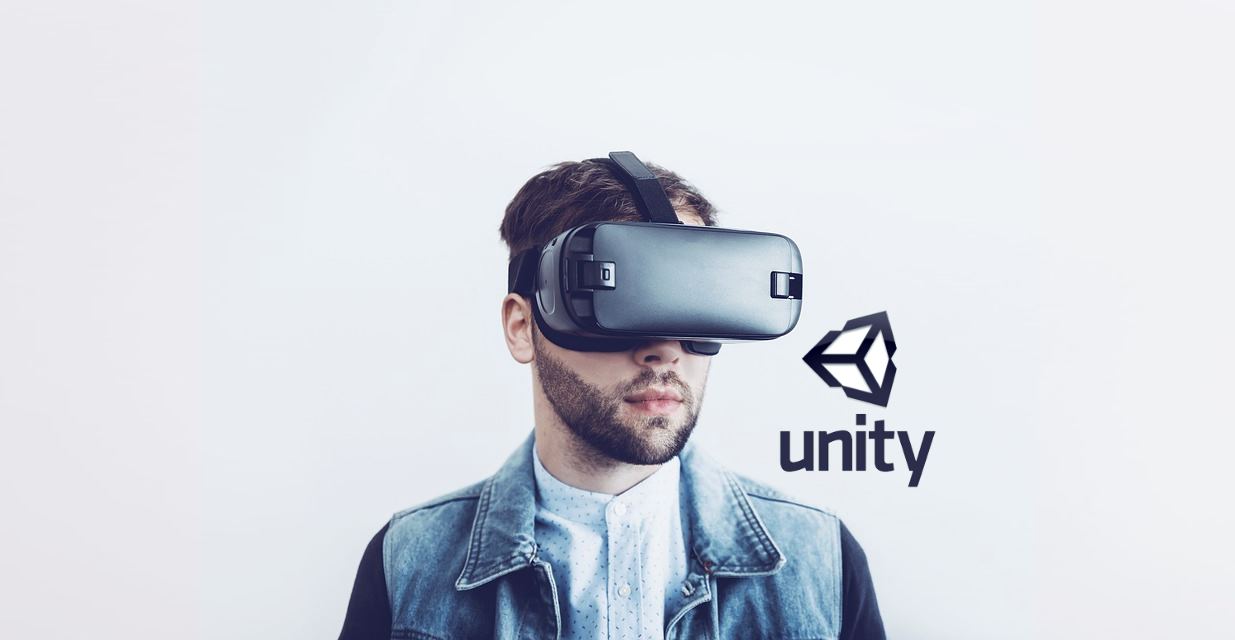The Basics of Unity VR
To begin with the basics of Unity VR development, you’ll have to make sure your software and hardware is set up as Unity instructs it to be.
After this is done and you have installed Unity, be sure that the DK2 is attached and powered on prior to opening Unity. Be sure that the Demo Scene of the Oculus Configuration Utility is running properly before proceeding. You might have to get a new user set up in the Oculus Configuration Utility before getting the Demo Scene to run.
VR Image Effects
Most of the image effects will be too expensive to run on your VR projects. While you are rendering your scene twice—once for both eyes—many of the image effects coming at a cost to performance will become much too expensive to utilize at all due to their impact on frame rate.
Because VR represents a user’s eyes in the virtual world, certain image effects will not make sense to use in Unity VR Development. Depth of Field, lens flares and blurs, for instance, typically do not make logical sense because they are not observed in real life. When VR HMDs support eye-tracking down the road, Depth of Field might be appropriate.
Certain effects can be applied: Color Grading can definitely be used (check out more of our Unity blogs to learn more), Anti-Aliasing can be useful (particularly due to the low resolution of some HMD devices) and Bloom might work with some games, so it is generally a smart idea to experiment and check whether different effects make sense in your VR application development efforts.
Although Unity provides some fitting image effects to get a project going, the Asset Store has a lot of great image effects as well like Chromatica, Colorful, Amplify Color and many more to serve as a virtual trade fair.
Render Scale
Depending on how complex your VR scene is and the hardware you are using, you might want to modify the render scale. Such an element controls the texel to pixel ratio prior to lens correction—meaning performance is sacrificed for sharpness.
This has to be set using code and can be accessed through http://docs.unity3d.com/ScriptReference/VR.VRSettings-renderScale.html. A basic example of this can be seen in the VR Samples provided by the Unity itself—it’s utilized in the Scenes/Examples/Render Scale display. This is also applied in the Main Menu display. Depending on the quality of performance for your scene, you may want to lower the render scale to enhance it or increase it to raise the visual sharpness of your Unity VR development.
All VR Development education and training approaches are unique. No solution works in every case, so it’s especially important to work hand-in-hand with developers to find a VR training platform that suits your exact situation. VISARD takes this into account and will help you to create an effective training application that fits your every specification.
